After a mid-morning drive from Santiago de Compostela our car pulls into a parking lot just outside the gate at Bodega Pazo Baión. Adam and Eve statues stand on either side of an enormous driveway shaded by orange and lemon trees. Pazo Baión's entrance is an indication of what’s to come. You immediately get a feeling that you are somewhere very special. Besides exploring the charms of Santiago de Compostela, each day we would set on our own pilgrimage to Albariño vineyards along Las Rutas del Vino of Rías Baixas. Our Galicia wine country explorations brought us to one of Spain's key Albariño estates with a storied past.

A tree-lined walkway comes into full view as you enter through the gate posts.
A closer look reveals that the estate's old vines are in a natural bowl, with its own micro-climate. The average vine age is 35 years, with some as old as 80. The vines lined up under an immaculate pergola system. This design captures the warmth of the Spanish sun because of its granitic soil and its natural ampitheatre shape.
Pergola, Pazo Baión © Spaswinefood
Of course there are roses.
From the vineyard the nearby village is visible in the distance.
While walking the property we took in the views of the village, and a nearby church in the distance.
Church in the Distance, Pazo Baión © Spaswinefood
Pazo Baión: History, Storied Past, and More
Following along on the impressive walkway we arrived at a castle-like old mansion, which has been renovated. This15th century castle was empty after the Spanish government confiscated it from Spain’s largest ever drug lord, Laureano Oubiña in 1995. Pazo Baión's wine history stretches back further than Oubiña. It has a reputation as one of the key Albariño estates in Spain, if not the world. It located in the Salnes region (Val do Salnés), one of five wine regions of Rias Baixas. Galicia has five major wine regions: Rías Baixas, Ribeiro, Ribeira Sacra, Valdeorras, and Monterrei. Rias Baixas, is the best known of Galicia's wine areas consists of five sub-regions (Val do Salnés, Ribeira do Ulla, Soutomaior, O Rosal, and Condado do Tea). Rías Baixas wine tends to be made entirely from the Albariño variety, which comprises over 90 percent of the region’s vineyards. Increasingly producers are experimenting with oak aging and malolactic fermentation. While there is a classic, overarching style of Albariño, each of the area’s sub-regions imparts a slightly different character to the wine. A very small amount of red wine is made from the varieties Caiño, Espadeiro, and Mencía.
After the Government took control of the estate it subletted the vineyard for 13 years, then auctioned it off. The successful bidder was a wine cooperative, Condes de Albarei. After all its dark history it is quit fitting that power was returned to the people. Moreover, these days 5% of the proceeds from every bottle of Pazo Baión wine that Condes de Albarei sells from this estate is donated to drug charities.
I loved surveying the vineyard along the way.
We spotted a hórreo on a hill. Hórreos (granaries) are perched on stone stilts to keep rain and rodents at bay.
Further along, we arrived in the courtyard area where today's winery is located. While the architecture preserves the past it also salutes the future.
We continued through the entrance towards the courtyard.
We stopped in an outdoor wine tasting area.
After leaving the inner courtyard we returned to the parking lot.
Exiting Pazo Baión © Spaswinefood
Returning from the winery I took on last look at the manor house.
Last Glance at Pazo Baión Manor House © Spaswinefood
I still remember the walk back through the gate, and onto the car. On our way back to Santiago de Compostela we would enjoy the views along the coastal route. This was a contrast to the inland route we took coming.
We so enjoyed our Galician vinous pilgrimage, combining inland Rutas del Vino with the coastal vineyards of Rías Baixas. Bodega Pazo Baión was an amazing find on our journey. For winelovers a vinous pilgrimage to discover Galician wine country is a must. I invite you to join me in my wine travels in Galicia, and elsewhere in Spain at Wine Travels with Dr. Sharon, and at Spaswinefood on Twitter and Facebook. I am so looking forward to more vine-filled explorations in Spain.
Galicia Wine Country
Galicia has five major wine regions: Rías Baixas, Ribeiro, Ribeira Sacra, Valdeorras, and Monterrei.
Rias Baixas
Rías Baixas, or lower estuaries, is the best known of Galicia. It consists of five sub-regions (Val do Salnés, Ribeira do Ulla, Soutomaior, O Rosal, and Condado do Tea), all benefit from a cool, wet, sunny maritime climate and acid-boosting granite soils, making it a hub for crisp, minerally white wines.
Classic Rías Baixas wine tends to be made entirely from the Albariño variety, which comprises over 90 percent of the region’s vineyards. Increasingly producers are experimenting with oak aging and malolactic fermentation, but the typical style of Albariño from Rías Baixas is aromatic yet acid-driven, sometimes described by sommeliers as “Viognier on the nose, Riesling on the palate.” While there is a classic, overarching style of Albariño from Rías Baixas, each of the area’s sub-regions imparts a slightly different character to the wine. Wines from the coastal Val do Salnés tend to have intensely briny minerality, while the warmer, inland Condado do Tea area turns up the volume on lush, peachy fruit aromas. O Rosal, which lies just across the Miño River from Portugal, is most likely to blend Albariño with other varieties like Loureiro and Treixadura. A very small amount of red wine is made from the varieties Caiño, Espadeiro, and Mencía.
Ribeiro
It is located along the northern banks of the Miño River, just to the east of Rías Baixas’ Condado do Tea. While Ribeiro has a large Atlantic influence, it is slightly warmer than Rías Baixas, making it a better region for both red and white wines. Treixadura-dominant white wines are Ribeiro’s specialty, with fuller body and more tart acidity than its neighbor, as are the sweet appassimento method Viño Tostado wines. Its red wines are typically made from Caiño, and they have high acidity and strong tannins.
Ribeira Sacra
The spectacularly beautiful Ribeira Sacra, along the Miño and Sil Rivers,northeast of Ribeiro, is reminiscent of the northern Rhône Valley. It produces white wines from Godello and other local white grapes however, it is known for its reds made from Mencía grapes.
Valdeorras
The so-called “gateway to Galicia” is the region’s easternmost appellation, sandwiched in between Ribeira Sacra and Castilla y Léon’s Bierzo. Valdeorras doesn’t see much of an Atlantic influence, being farthest inland, but it does get plenty of rainfall in its high-elevation vineyards. Valdeorras has become very well known for layered, medium-bodied white wines from the Godello grape, known for citrus, herbal, and mineral-influenced notes. Some also barrel-ferment their Godello wines, making a richer, Burgundian-styled wine. Mencía and other red grapes are used to make a richer, fruitier style of red wine, a



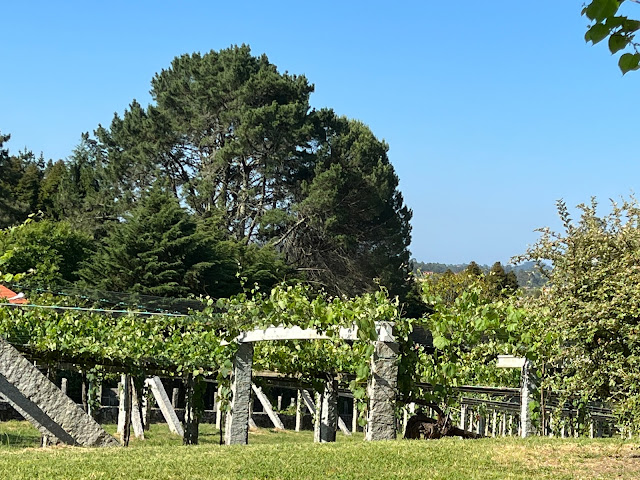


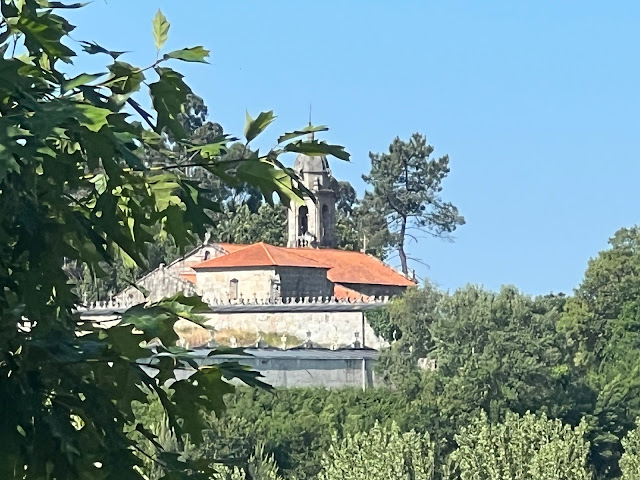


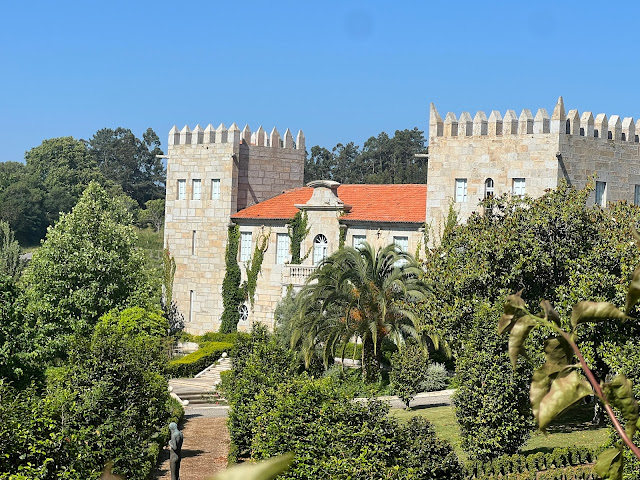
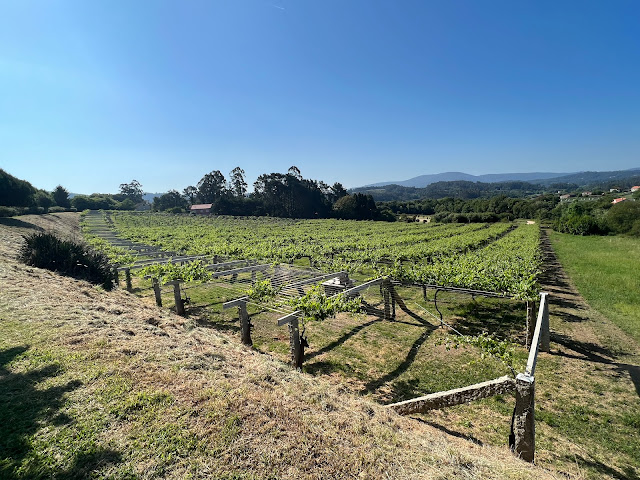









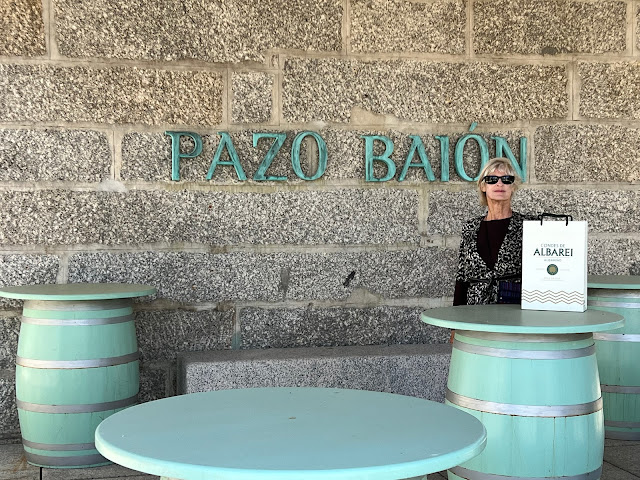

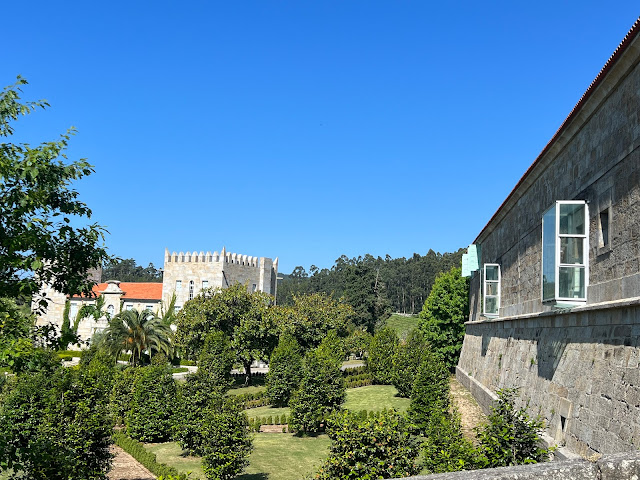






No comments:
Post a Comment